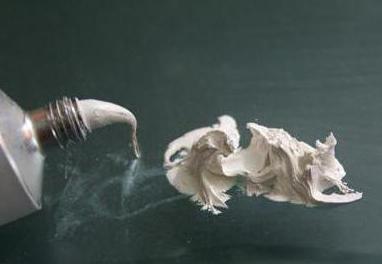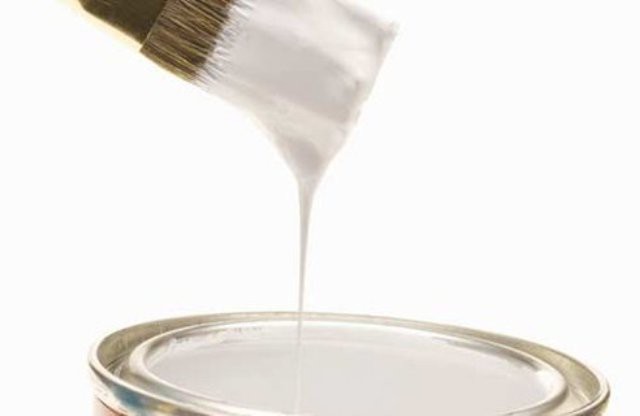One of the two types of whitewash that is most often used in modern painting is titanium white. They surpass in some of their qualities other popular types - lead and zinc.
Background: Lead
White paint has been used by artists since ancient times. Even in the first century BC, the Roman historian Pliny described the process of creating whitewash from lead sawdust using vinegar. Subsequently, each major European country developed its own technology for the production of lead white. They were universally used in painting, icon painting, for technical needs. However, lead is an extremely toxic material. The damage caused by lead white to professional artists and builders, as well as to the poor who were involved in their production, cannot be calculated.
Zinc
There were alternative dyes - bone whitewash made from the bones of lambs, whitewashed from chalk, eggshells and even pearls. But all of them were extremely rare, difficult to manufacture, and therefore expensive. Because of this, artists continued to use lead poisoning. The more common types - kaolin, antimony, sulfur, lead-tin - still did not reach the production of lead white.
This continued until 1780, when two French chemists, Bernard Courtois and Louis Bernard Guitone de Morvo, set about searching for a less dangerous paint. Their choice fell on zinc oxide, on the basis of which low-toxic white was obtained. The problem was their price. Zinc whitewash was four times more expensive than lead, so many artists remained faithful to the old material.
Titanium
At the end of the 18th century, the Englishman William Gregor and the German Klaprot discovered a previously unknown metal, which subsequently replaced lead in the mass production of whitewash. But until the beginning of the 20th century, titanium was considered useless, worthless metal. Only in 1908 did European chemists find use for it - titanium dioxide began to be used in the production of a new type of white. Beginning in 1920, a mass production of titanium white was launched in Europe, which almost completely replaced lead from the market. Innovation reached Russia only in the thirties of the last century. Thanks to this fact, researchers are able to distinguish genuine works of the beginning of the century from falsifications: negligent copyists do not take into account that Russian avant-garde artists wrote mainly with lead white, which were subsequently replaced by titanium.
Comparison of different types of white
- Toxicity Lead white is extremely toxic, and is currently used exclusively in art paints. The International Labor Protection Association prohibits the painting of walls of premises with the use of lead white. Male painters under the age of eighteen and women of any age are prohibited from working with lead. Zinc white is slightly toxic, does not pose a threat to life, and titanium can be written without any harm to health.
- Hiding power (hiding power) . Zinc whitewash has the lowest hiding power, due to which they are successfully used in classical painting with glaze. Glossing with titanium whitewash is impractical, since their hiding power is much higher (2.7). But they are perfect for denser painting a la prima - this pigment overlaps other colors well.
- Hue. Zinc white has a slightly warm tone, titanium - cold.
- Durability. Zinc white, especially with a large thickness of the paint layer, crack over time. This does not happen with titanium whitewash - one of their varieties is so durable that it is used to paint spaceships. Lead whitewash is also very durable - it owes them safety to the work of old masters.

Other features of titanium white
Over time, a work written in titanium white may become a bluish tint. In oil painting, these whitewash should be used with caution. They are not recommended to be mixed with some other paints: azure, cobalts, cadmium. When mixed with them, a whitening effect may occur, and fragile colorful compounds are formed. Titanium white turns yellow with time. When mixed with organic pigments , titanium dioxide may discolor over time. It is not recommended to cover work using titanium whitewash with oil kopalovym varnish - darkening is inevitable.

Due to all these shortcomings, in the mid-twentieth century, artists refused to use titanium whitewash. Their production was suspended. But others titanium white - acrylic, gouache or tempera were produced at the same pace. They were successfully continued to be used by many painters. The whitewashed titanium oils also did not remain in oblivion for long - their high covering ability, non-toxicity and relative cheapness returned them to the shelves, and today everyone can determine in practice whether their use is acceptable to him.